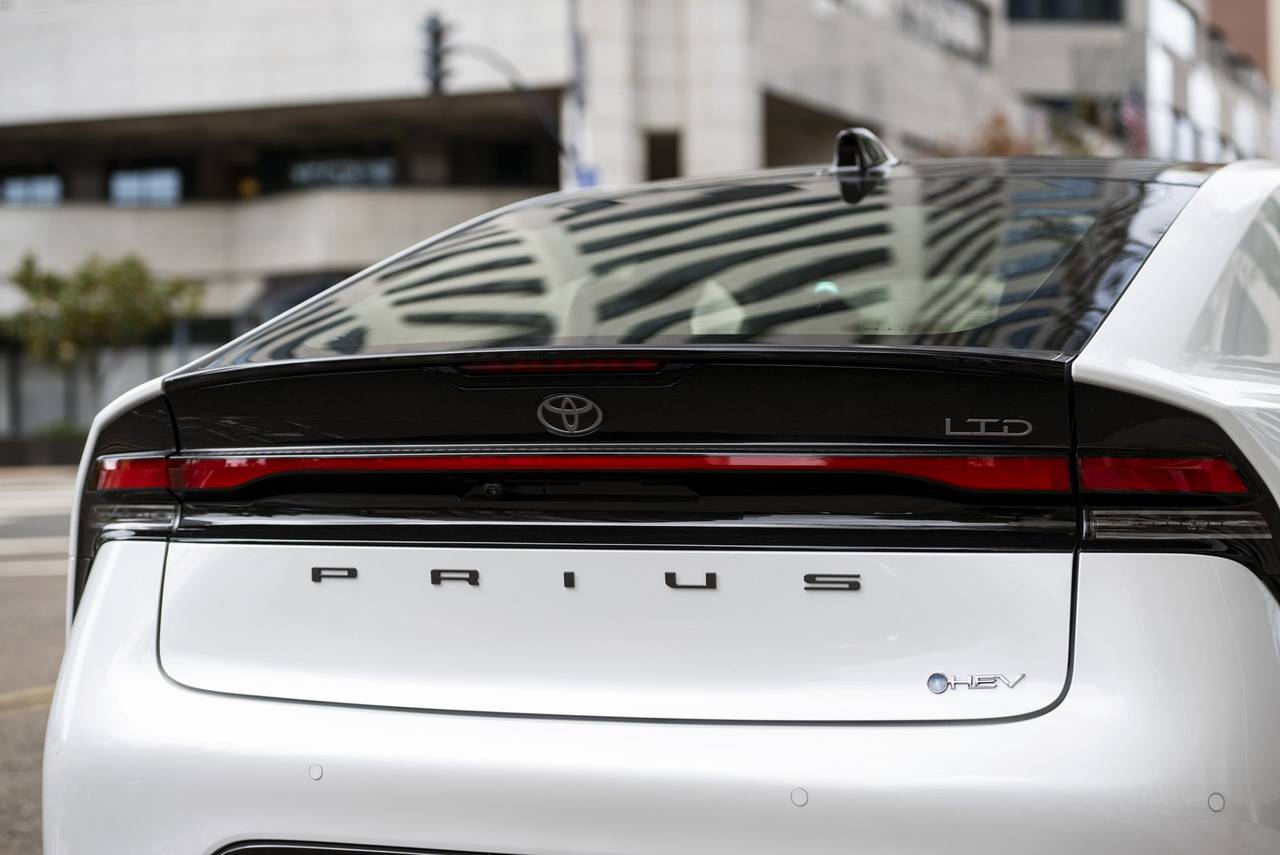There are four major types of electric or electrified vehicles: BEV, HEV, PHEV and FCEV. In this article, we’ll explain each electric vehicle type, along with its pros and cons.
Types of EVs: What Are They and Which Is Right for You?
Am I Ready for an EV?
- EV ownership works best if you can charge (240V) at home or at work
- If you can’t charge at home, charging at a charging station could take at least 10x longer than at a gas station
- Adding a 240V home charging system could cost up to $1,600 or more
BEV: Battery electric vehicle
When someone says, "electric car," this is the type of vehicle the person usually means. A battery electric vehicle is an electric-only car, SUV or truck, and it uses energy stored in large battery packs to power one or more electric motors. There are no gasoline-powered engines in BEVs; these are purely electric cars. Check out our guide on how electric cars work to learn more.
BEV advantages and disadvantages
Because they're fully battery-powered, BEVs have zero tailpipe emissions (and no tailpipes). They're also mechanically simple, with fewer moving parts than gas cars, making them cheaper to maintain. If you can charge at home, you'll also save money on fuel compared to buying gas, making electric cars great commuter vehicles.
Electric cars are relatively quiet since they don't have noisy engines, though you will likely hear a high-pitched whine from the motor(s), which rotates many more times per minute compared to an engine. But even without a gas engine, electric cars can be very quick. Electric motors deliver all of their torque instantly, which means plenty of thrust to get away from a stoplight.
While electric cars can recapture a small amount of energy when slowing down, they have no way of generating significant amounts of electricity. That means BEVs need to be plugged in and charged regularly, and charging takes longer than filling up with gas. You'll need to install a charging station at home or have easy access to a public station where you live or work. And longer road trips will require some extra planning and time.
Electric cars also have less driving range when the weather is very cold or very hot because batteries can't operate as efficiently in extreme conditions. While their powerful motors mean BEVs are good at moving heavy loads, their range also suffers when towing.
HEV: Hybrid electric vehicle
Usually just called "hybrids," HEVs combine both gas and electricity for power but never need to be plugged in to charge. In fact, you can't plug in an HEV; there's no plug, just a filler cap for filling up with gasoline. Instead, hybrids use some of the power generated by an internal combustion engine and energy recovered while braking to charge their relatively small battery packs. Then they use an electric motor to help with acceleration, making them much more fuel-efficient than purely gas-powered cars.
HEV advantages and disadvantages
Hybrids are pretty similar to traditional gas-powered vehicles, so it's easy to transition to a hybrid without changing any aspects of your lifestyle. Since they only need to be filled with gas, HEVs offer all the same flexibility as a gas car, but with better fuel economy. Most new hybrid versions of gas cars even offer a bit more power than their non-electrified counterparts, as with the Toyota RAV4 or the Honda Accord.
Older hybrids tended to be less powerful and often sacrificed some cargo space or practicality to make room for their batteries, but that's not the case anymore. These days, the biggest drawback is the added upfront cost, although hybrids are still generally more affordable than full BEVs.
PHEV: Plug-in hybrid electric vehicle
The halfway point between BEVs and HEVs: plug-in hybrids, or PHEVs, combine an internal combustion engine with an electric motor, and they have both a gas cap and a charging port. Because PHEVs use a larger battery and more powerful electric motor than a conventional hybrid car, plug-in hybrids can drive purely on electricity over longer distances and at higher speeds provided there's sufficient charge in the battery. They can also use their gas engine to recharge their batteries or rely on their gas engine for primary power and drive like a regular hybrid.
PHEV advantages and disadvantages
Because they can drive on electricity alone, PHEVs can produce fewer emissions and cost less to fuel than a gas or hybrid car. But PHEVs tend to have relatively short all-electric driving range, with only a few PHEVs offering more than 40 miles of electric range. In order to get all the advantages a PHEV has to offer, you'll need to be able to plug in regularly at home or at work.
But because they have a gas engine, PHEVs offer all the same flexibility as hybrid and gas cars. You can fill up quickly at any gas station and keep driving even if you can't find a plug. And you get a boost of power from the electric motor, even more so than in a modern hybrid. Plug-in hybrids do tend to cost a bit more up front than HEVs but still generally less than equivalent EVs. Unlike HEVs, some PHEVs are also eligible for tax credits for qualified buyers and can secure you access to the HOV lane — commonly called the carpool lane — in some states.
Range-extended EVs
Another type of electrified vehicle that has both a charging plug and a gas cap is the range-extended EV. This is an electric car with a gas-powered generator on board. The gas engine is never used to directly power the wheels; it only runs to generate electricity. The engine adds range and means you can just fill up with gas if you can’t find a charging station, but these are still primarily EVs and are meant to be plugged in regularly. To date, only the Fisker Karma and some versions of the BMW i3 are pure range-extended EVs. (The Chevrolet Volt was billed as a range-extended EV, but the gasoline engine can directly power the wheels in some circumstances.)
FCEV: Fuel cell electric vehicle
Fuel cell vehicles are often referred to as hydrogen cars because they get their energy from liquid hydrogen stored in a pressurized tank. But FCEVs don't burn hydrogen in an internal combustion engine — instead, they use a chemical reaction to generate electricity while converting hydrogen into water. That electricity is sent directly to the car's electric motor, with some stored in a relatively small battery for reserve power. Currently, the only new FCEVs on sale are the Toyota Mirai and Hyundai Nexo. You can also find the Honda Clarity fuel cell on the used market.
FCEV advantages and disadvantages
The only emission from fuel cell vehicles is water, meaning there's no dangerous tailpipe pollution, and FCEVs' smaller batteries require fewer resources to build than big electric car batteries. Refueling with hydrogen is also much quicker than charging an electric car, taking only a little longer than filling up with regular gasoline.
Even though they have smaller batteries than BEVs, hydrogen cars are still pretty heavy due to the bulky reinforced tanks required to store the liquid hydrogen. It can also be difficult to find hydrogen fueling stations — in fact, most states have zero hydrogen stations available to the public. Only California currently has a significant number of hydrogen stations, meaning that FCEVs are generally only available to, and viable for, California residents.



